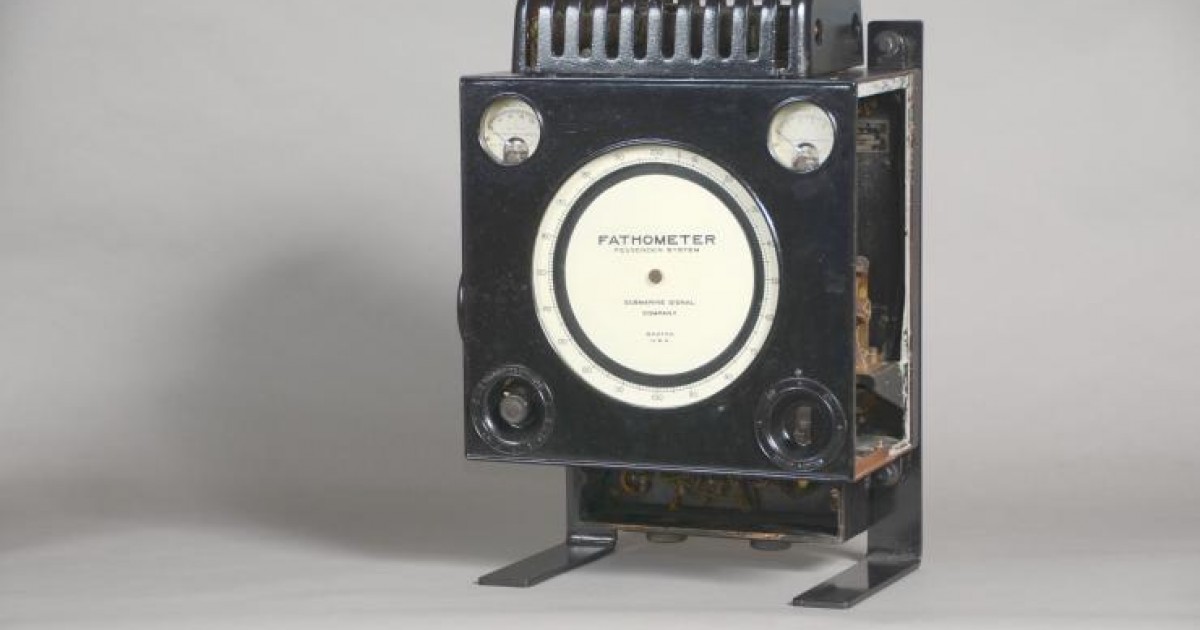
Introduction:
The exploration of the Earth’s oceans has been a constant pursuit throughout human history, and advancements in technology have played a pivotal role in enhancing our understanding of the vast underwater world. One such technological marvel that has revolutionized oceanic exploration is the fathometer. In this extensive guide, we will unravel the depths of knowledge surrounding fathometers, exploring what they are, how they work, and the significance they hold in various fields.
Understanding Fathometers:
A fathometer is an electronic device used for measuring the depth of water by determining the time it takes for a sound signal to travel from the source to the seabed and back. This technology has evolved over the years, becoming a crucial tool in hydrography, marine navigation, and various scientific endeavors related to underwater mapping and exploration.
How Fathometers Work:
- Generating Sound Pulses: The core principle behind fathometers lies in the use of sound waves to measure depth. The device typically consists of a transducer, which is responsible for both generating and receiving sound pulses. These sound pulses, often in the form of high-frequency acoustic waves, are emitted into the water.
- Transmission of Sound Waves: Once the sound pulses are generated, they travel through the water column. The speed of sound in water is known and relatively constant, allowing for precise calculations related to the distance traveled by these pulses.
- Interaction with Seabed: As the sound pulses reach the seabed, they encounter a change in the medium, leading to reflection. The time it takes for the sound pulses to travel from the source to the seabed and back to the receiver is recorded.
- Calculating Depth: Using the known speed of sound in water and the time taken for the sound pulses to make the round trip, the fathometer calculates the depth of the water. The depth is determined by dividing the total time taken by two and multiplying it by the speed of sound.
- Displaying Depth Readings: The calculated depth readings are then displayed on the fathometer’s screen, providing real-time information about the underwater topography. These readings are invaluable for navigational purposes, scientific research, and underwater mapping.
Applications of Fathometers:
- Hydrography: Fathometers play a crucial role in hydrography, the science of mapping the underwater features of oceans, seas, and lakes. Accurate depth measurements provided by fathometers contribute to the creation of nautical charts essential for safe navigation.
- Marine Navigation: Navigational safety is paramount in maritime activities, and fathometers aid in ensuring that vessels navigate in waters with sufficient depth to prevent grounding. Mariners rely on fathometer readings to make informed decisions about their course.
- Environmental Monitoring: Fathometers are employed in environmental research to study the underwater landscape, including the composition of the seabed and the presence of underwater features. This information is crucial for understanding ecosystems and monitoring changes in the marine environment.
- Underwater Exploration: Submersibles and remotely operated vehicles (ROVs) equipped with fathometers use depth measurements to explore and map the ocean floor. This technology enables researchers to study underwater geology, marine life, and even archaeological sites.
- Fisheries Management: Fathometers are used in fisheries to locate underwater structures where fish tend to aggregate. Fishermen utilize depth information provided by fathometers to optimize their fishing strategies and improve catch efficiency.
Challenges and Advancements:
While fathometers have significantly advanced our capabilities in underwater mapping and navigation, challenges persist. Factors such as variable water temperatures, salinity, and the composition of the seabed can affect the accuracy of depth measurements. Researchers and engineers continuously work on refining fathometer technology to address these challenges, incorporating innovations in signal processing and data interpretation.
Conclusion:
Fathometers stand as testament to the remarkable fusion of technology and exploration, enabling humanity to delve into the mysteries of the deep with unprecedented precision. From enhancing navigational safety to contributing to scientific research and environmental monitoring, the applications of fathometers are far-reaching. As technology continues to advance, so too will our ability to uncover the secrets hidden beneath the surface of Earth’s vast oceans. Fathometers, with their ability to measure depth and map underwater terrains, play a pivotal role in shaping our understanding of the intricate and fascinating world that lies beneath the waves.